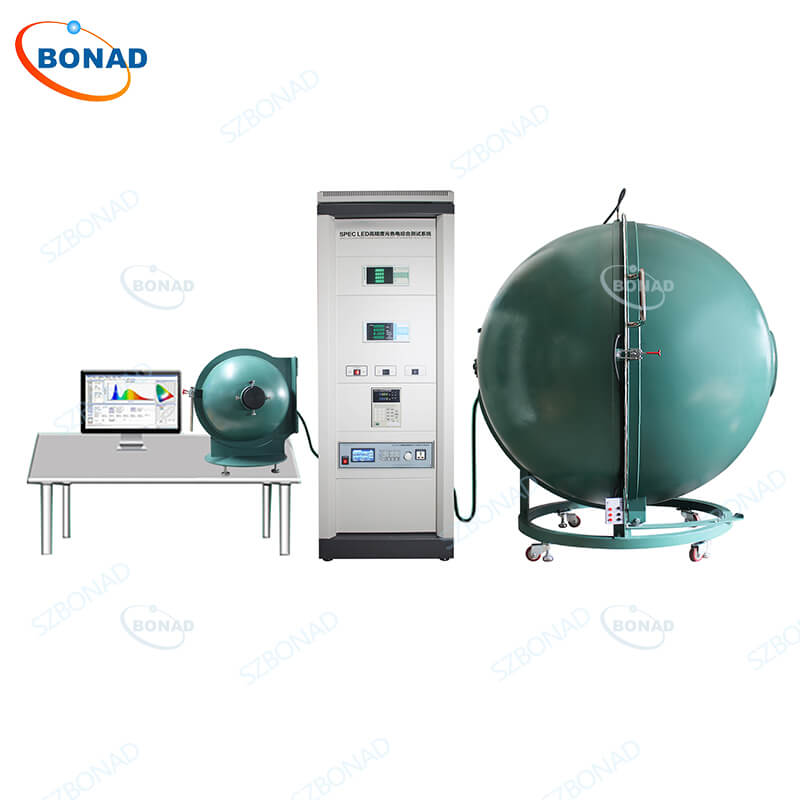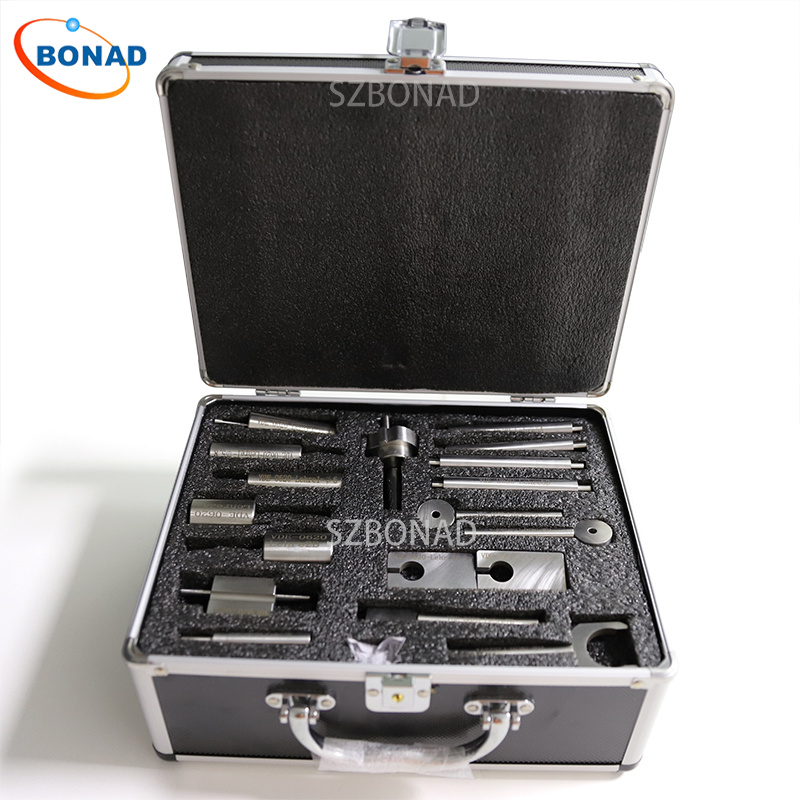Understanding the performance of LED lamps is essential for assessing their efficiency, light output, and color characteristics. Laboratory testing plays a pivotal role in ensuring these lighting solutions meet industry standards and consumer expectations.
The following are some common tests performed in a lab to assess the performance of LED lights:
- Luminous Flux Evaluation: This test measures the total visible light emitted by an LED lamp, expressed in lumens. Using devices like integrating spheres or goniophotometers, the light output is captured from various angles to provide a comprehensive analysis.
- Color Rendering Index (CRI) Assessment: CRI gauges how accurately an LED lamp replicates colors compared to a standard reference. A higher CRI value, ranging from 0 to 100, signifies superior color rendering capabilities.
- Color Temperature Analysis: Measured in Kelvin (K), this test determines the color appearance of LED lamps, categorizing them as warm white (lower K) or cool white (higher K).
- Correlated Color Temperature (CCT) Verification: This ensures that the LED lamp’s color temperature aligns with its specified CCT rating.
- Power Consumption and Efficiency Evaluation: By measuring power usage, the energy efficiency of an LED lamp is calculated in lumens per watt (lm/W), indicating the amount of light produced per unit of electrical power consumed.
- Chromaticity and Dominant Wavelength Identification: Chromaticity coordinates pinpoint the exact color location on the CIE chromaticity diagram, while dominant wavelength reveals the primary color emitted by the lamp.
- Thermal Performance Examination: As LED lamps generate heat during operation, this test evaluates their ability to dissipate heat effectively and maintain safe temperature levels.
- Dimming Capability Testing: Assessing dimming performance ensures compatibility with various dimming systems and evaluates functionality across different dimming levels.
- Flicker Analysis: Flicker can lead to discomfort or health issues; thus, LED lamps are tested to ensure they adhere to acceptable flicker standards.
- Lifetime Estimation Testing: Accelerated lifetime tests predict the expected lifespan of an LED lamp under diverse operating conditions.
- Electrical Safety and EMC Compliance Testing: Beyond performance assessments, electrical safety and electromagnetic compatibility tests ensure adherence to safety regulations.
These evaluations are conducted in controlled laboratory environments using advanced equipment designed by BONAD. Our specialized test equipment aids manufacturers, lighting designers, and consumers in making informed decisions about selecting and utilizing LED lamps. Furthermore, compliance with specific performance standards and certifications guarantees market-ready quality and reliability for LED lighting solutions.



